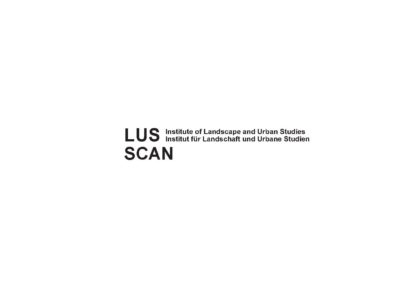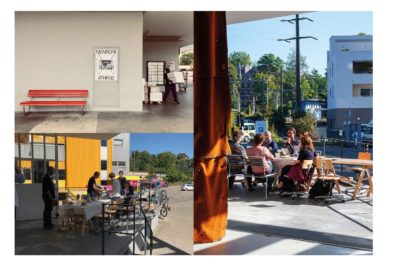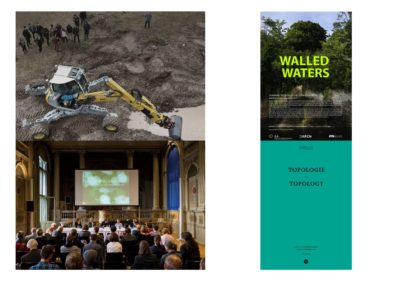
The LUS Scan is an attempt to get an overview of what we currently share at the LUS Institute. Both on the level of the Mittelbau and the individual chairs. The LUS scan was organized over the last months (Jan-April 2020) by a small group of Mittelbau members in collaboration with all chairs.The LUS Scan […]

The Land of LUS shows the current localities of the LUS Institute both on in its formal and informal form.The diversity of places that relate to the LUS Institute creates a lot of unclarity but could also hold some potential. How do we deal with this in the future?

The LUS Institute is part of a larger network of actors. In this last set of cards existing collaborations are represented and an overview of topics raised by the LUS Mittelbau as part of a departmental exercise are presented. How do we deal with these different positions of the LUS Institute? Do we want to […]

Each of the chairs of the LUS Institute has a long tradition of research and teaching. This results in a broad set of topics developed by the LUS Institute. Do we see certain topics that could strengthen the agenda of the LUS Institute? How do we deal with these differences and possible collaborations?

The LUS Institute is first a collaboration between 74 Mittelbau members or professors and hundreds of students. This collection of individuals creates a stunning diversity. What do we think is essentially part of the LUS identity and organization and how can we strengthen this in the future?





